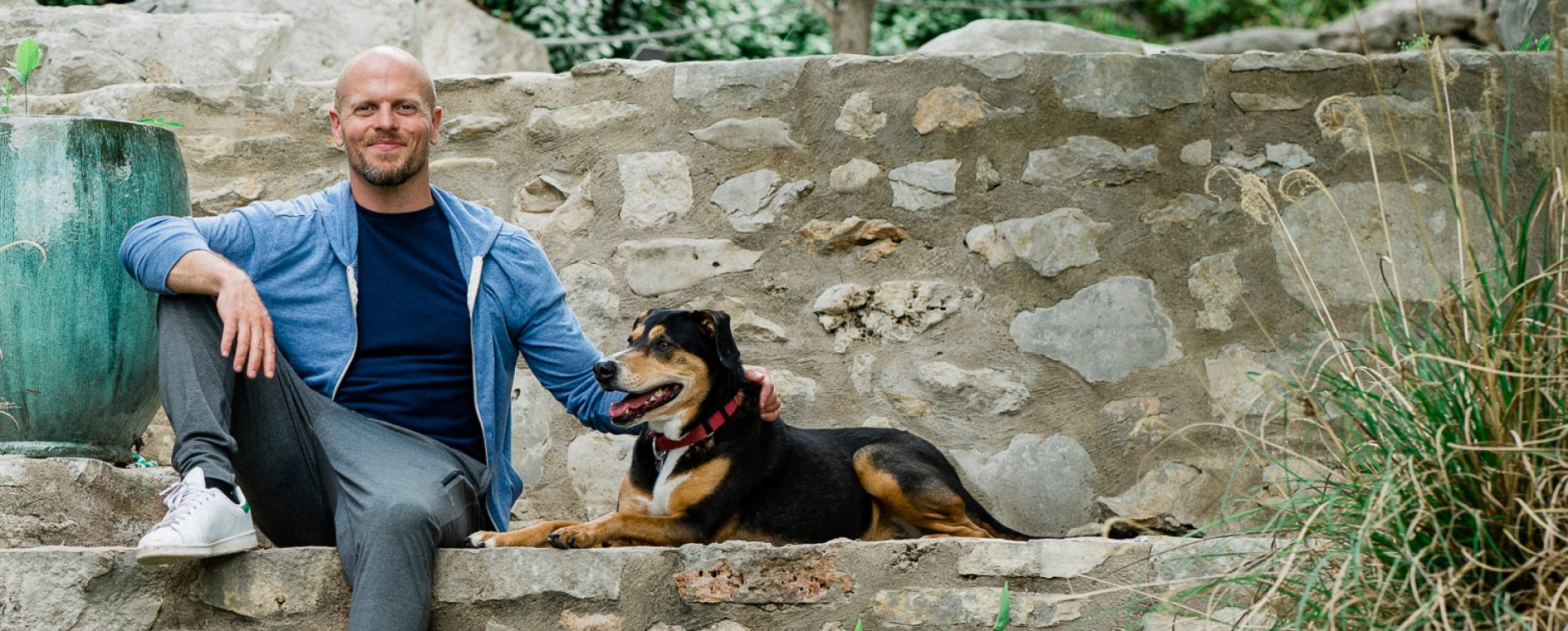I’m not dumb. I just have a command of thoroughly useless information.
-Calvin of “Calvin and Hobbes”
Last week, we covered how celebrity tech-blogger Robert Scoble reads 622 RSS feeds each morning. In Part II, we answer the question:
How does he manage to read and organize tens of thousands of e-mail?
This exclusive 5-minute interview provides some great tips for avoiding e-mail overload, including:
The companies he recommends for e-mail systems
Definitions: are you a “piler” or a “filer”?
How to use reverse spam filtering to save time
The GTD rule he violates in favor of filing
Folder structure: how many does he use?
Why Robert doesn’t store all e-mail
Innovative use of a “Done” folder to prevent rereading
The interview cuts off at 5 minutes because my memory card reached capacity. What are a few of the things we discussed after the camera stopped rolling? See below the video for some great tips that weren’t caught on film.
What did you miss afterwards? Here are a few of the highlights:
1. Keep all Outlook .PST files under 2GB in size to optimize speed and prevent crashes:
Creating a new .PST file is not intuitive. Here’s the menu flow to get it done: Tools –> Options –> Mail Setup –> Data Files –> Add. Robert has three separate .PST files as folders in his left-hand Outlook view, which are essentially “Old”, “Middle/Someday”, and “Hot”. These are in addition to his “Inbox”, which he considers his “working set”.
2. Remove infrequently used .PST files:
Right-click and “close” infrequently used .PST folders and other folders. This does not delete them, thus Google Desktop can still be used to search for these messages. I suggest you double-check this before doing anything resembling deleting/removing.
3. Rename or append frequently-used folders to appear at the top of the list:
This one is from me. Robert has 20+ folders, as do millions of us. Once you identify the most frequently used folders, add “A-…”, “B-…”, “C-…”, etc. as prefixes (in descending order of frequency) on the folder names to reorder the folders alphabetically and bring the most useful to the top. Cut down on mouse travel time and eliminate wasted visual scanning.
4. Responding to fewer e-mail is the holy grail:
Robert told me that, based on his analytics over time, each e-mail he replies to produces between 1.5 and 2 additional e-mail in return. Sending e-mail multiplies the e-mail you receive. Replying to more people more often — the goal of most people — actually creates more work instead of cutting it down.
For more strategies, including template e-mails, that can be used to cut e-mail volume in half and cut frequency to once per day or once per week, see “The Low-Information Diet” and “Interrupting Interruption” in The 4-Hour Workweek.
Did you enjoy this topic and behind-the-scenes look? Please take a second to Digg it here and I’ll do more!
The Tim Ferriss Show is one of the most popular podcasts in the world with over 500 million downloads. It has been selected for "Best of Apple Podcasts" three times, it is often the #1 interview podcast across all of Apple Podcasts, and it's been ranked #1 out of 400,000+ podcasts on many occasions. To listen to any of the past episodes for free, check out this page.

Tim,
When Scoble answers less email, is that because he is walking over to talk to people, or calling them more, or just ignoring things that don’t need his attention?
Brian
“Multi-tasking is dead. It never worked and it never will. Intelligent people love to sing its praises because it gives them permission to avoid the much more challenging alternative: focusing on one thing.
“Single-tasking,� creating an environment that permits the start-to-finish completion of high-impact tasks, will be the defining feature of top performers in a world of ADD-enabling technologies.�
As he was relating some examples of his work day, I gasped because it sounded exactly like my work day! And I realized it is wasn’t effective. Timothy goes on to say that our society has an epeidemic of Information Abuse and Information Addiction. The concept that they must be available and stay connected all the time and that checking e-mails 100 times a day and having a Blackberry attached to your head is how you will become more productive. As a virtual assistance firm, this was what our clients paid us for. They hire us to be available, so they dont need to be. So needless to say I was really pondering “how does a Virtual Assistant who is hired to read, sort and research endless information on behalf of their clients apply this concept of unplugging?�
Tech dependence. I know news agregation is this guys job but he should be living his life. In fact so should I. No more comments from me. I’m going sailing or something. Bye.
want 100000 mails per day
The videos don’t seem to work. The youtube links in them work but the embeds aren’t working on my Chrome browser.
Hello…..
I am the admin of a website maubet88.com the agen bola in Indonesia who is currently the most reliable and safest. This site provides a very satisfactory service.
Tech dependence. I know news agregation is this guys job but he should be living his life. In fact so should I. No more comments from me. I’m going sailing or something. Bye
It’s a type of light that wraps? around the camera lens. They should have used softboxes instead of a ring light